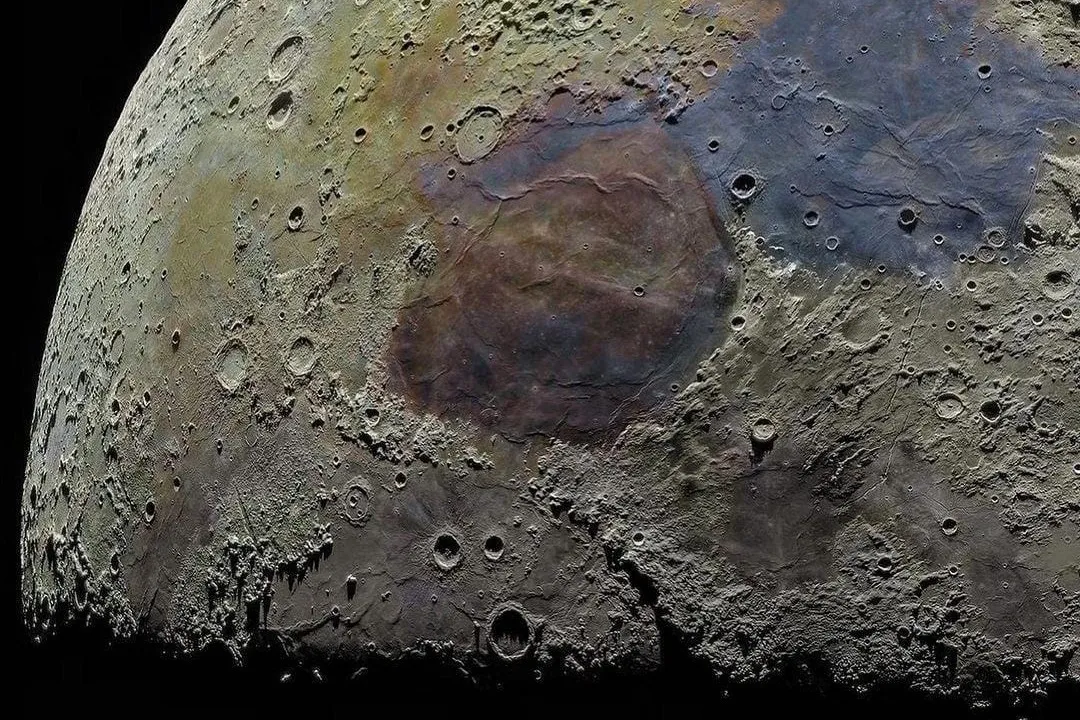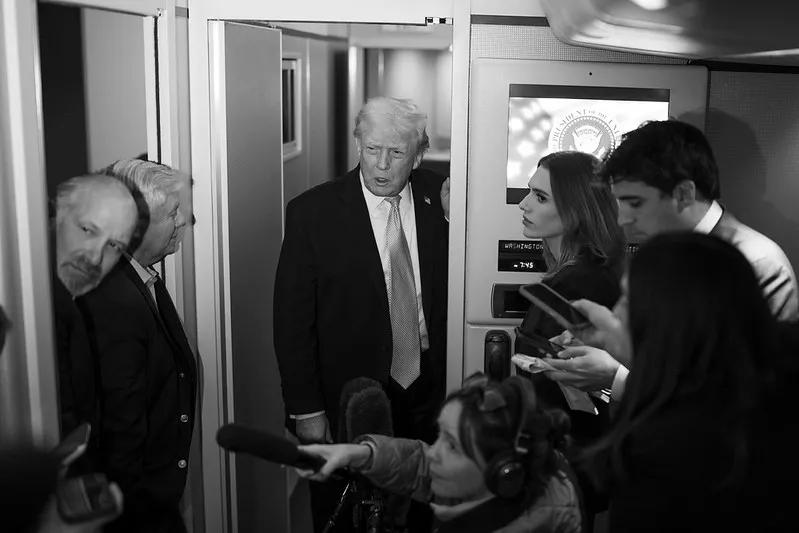Yu Dengyun, the deputy chief designer of China’s lunar exploration program, speaking at a forum at this year’s International Astronautical Congress in Baku, Azerbaijan, announced the plans for the next Chang’e-4, Chang’e-6, Chang’e-7 and Chang’e-8 missions, as well as those to be launched after the development of China’s heavy launch vehicle in 2030, part of the Russian-Chinese program to build a lunar research station on the Moon. Yu did not mention the concomitant Russian missions, which had been presented together at the previous astronautical congress in Paris in 2022.
The failure of the Luna -25 mission has led to recalculations in the Russian program, but China is proceeding on the basis of their own plans. While this has raised expectations that China will move ahead on its own, it presupposes that Russia will not make a quick comeback because of the failure. China continues to reach out to other partners, as has been the case with the International Lunar Research Station (ILRS) from the beginning. But there is a general expectation that Russia will continue to move forward in its part of the program, now that they have determined what caused the problem with Luna-25. Luna-25 was the first of at least four Russian probes to support ILRS.





